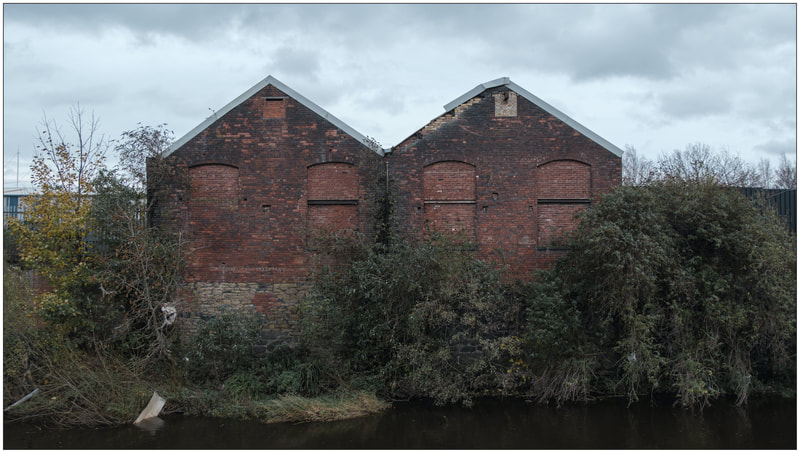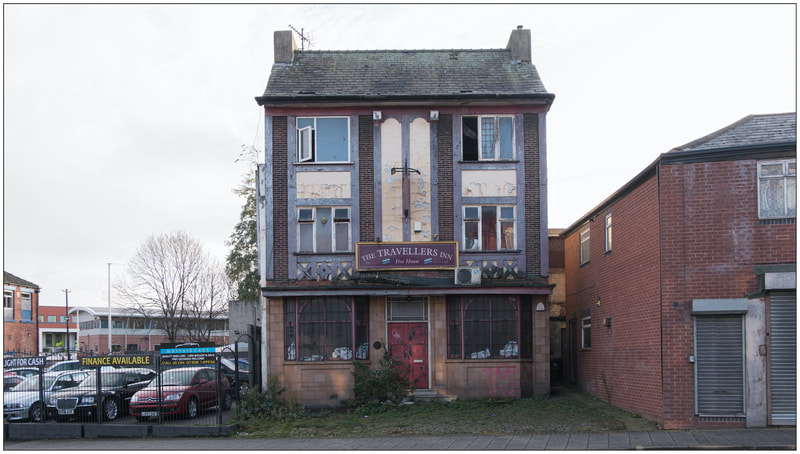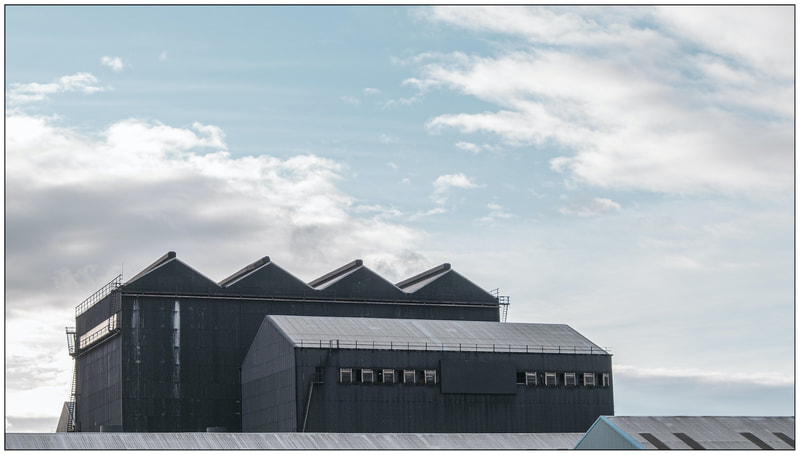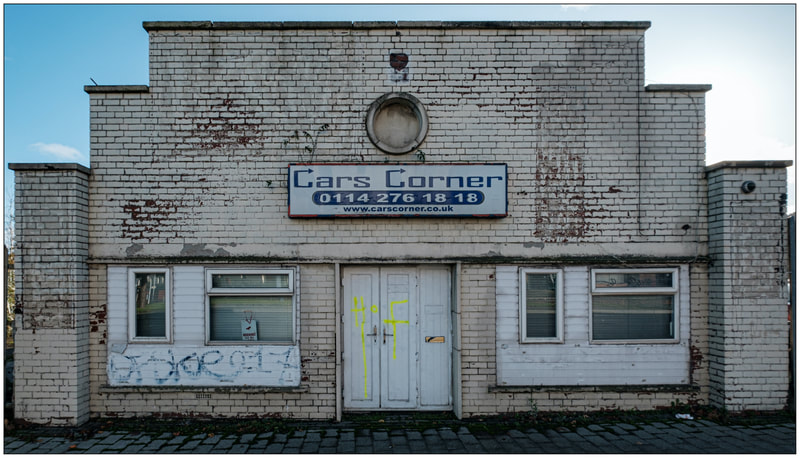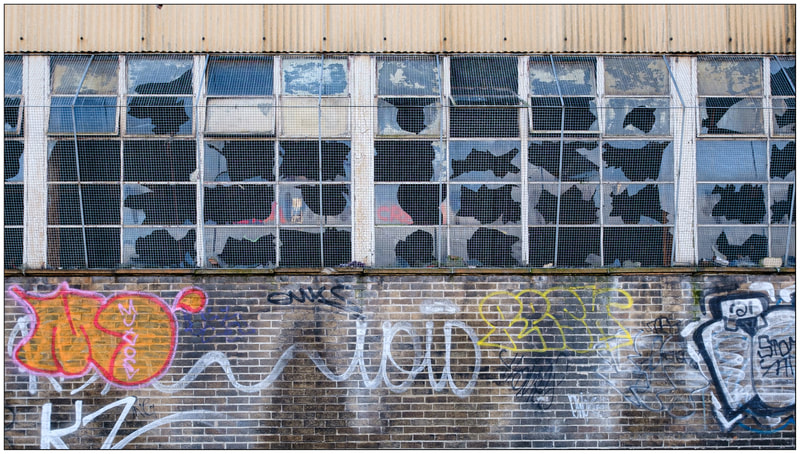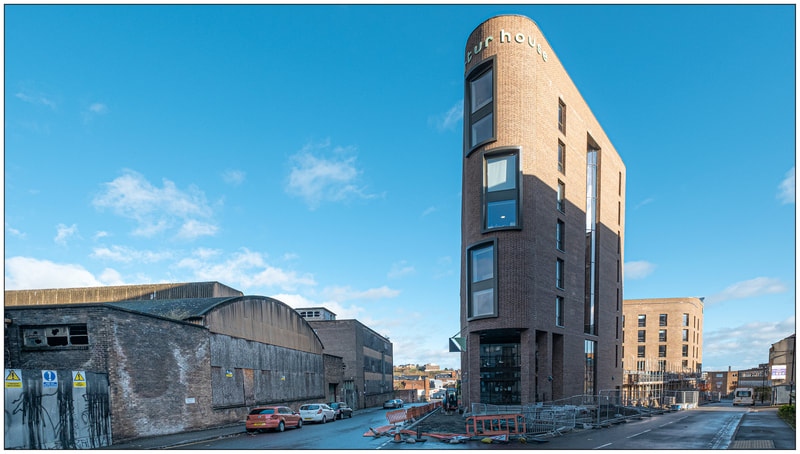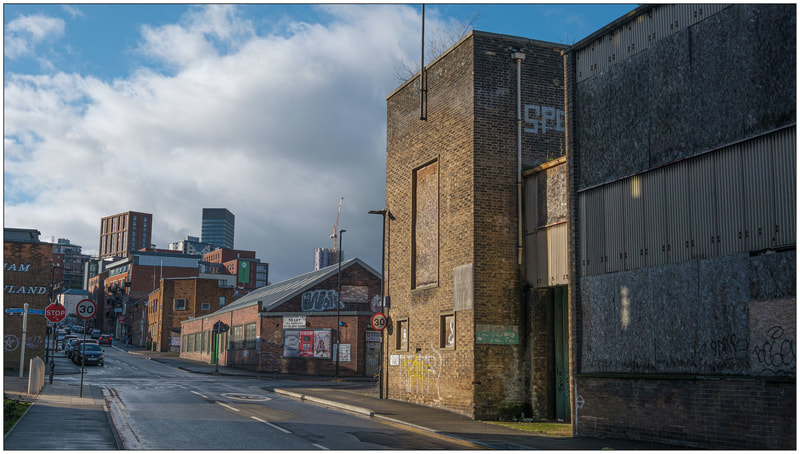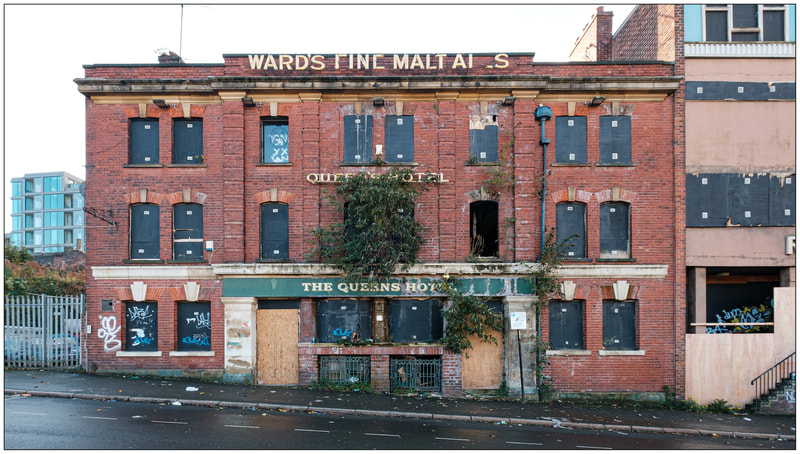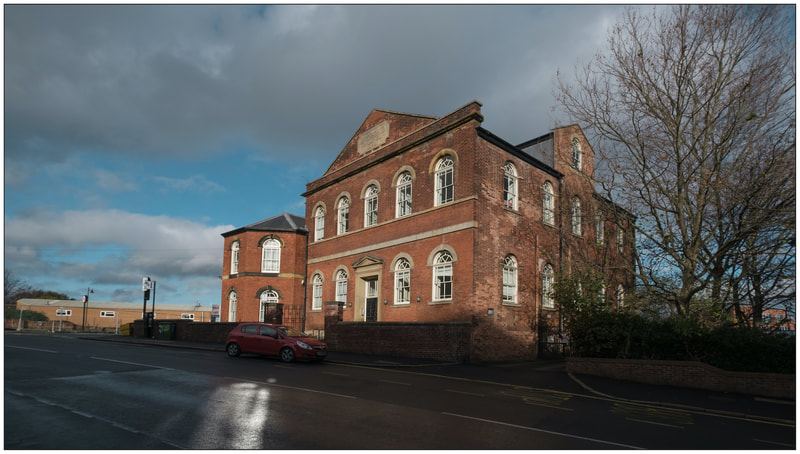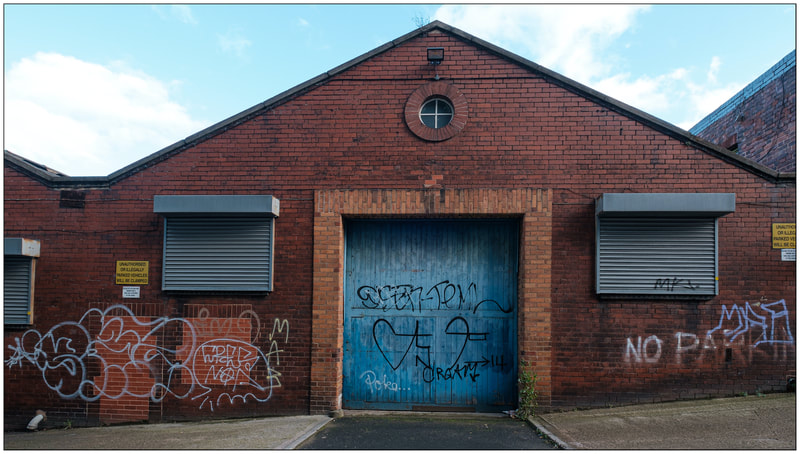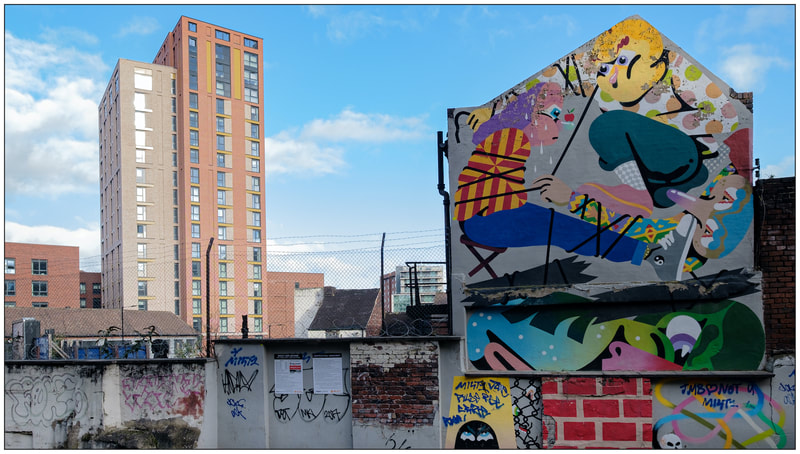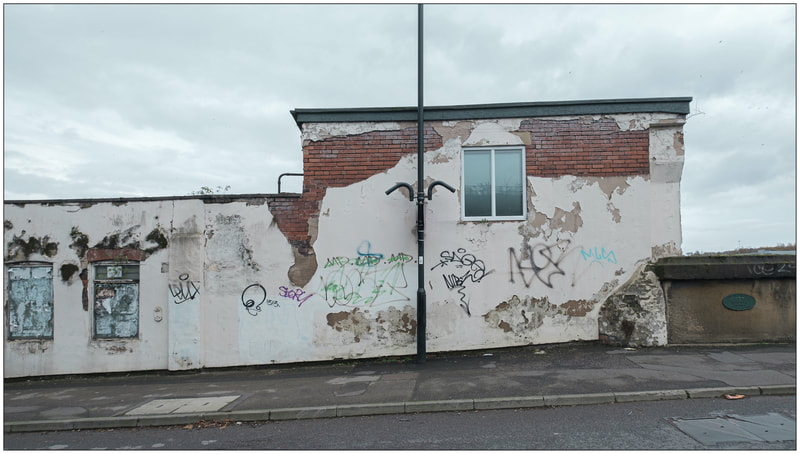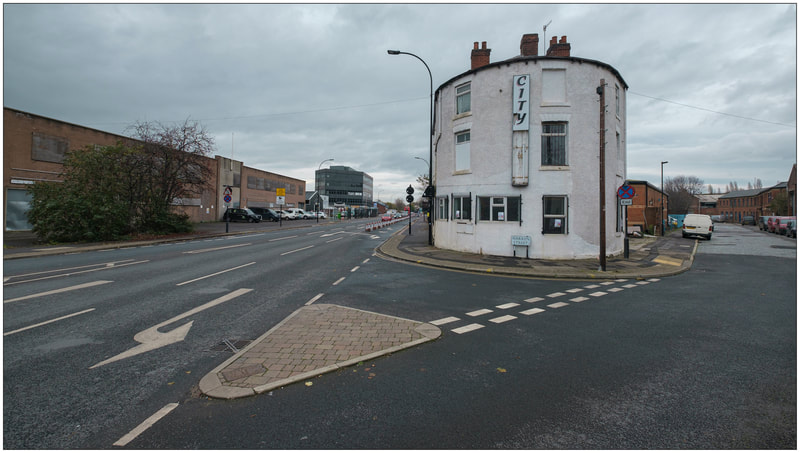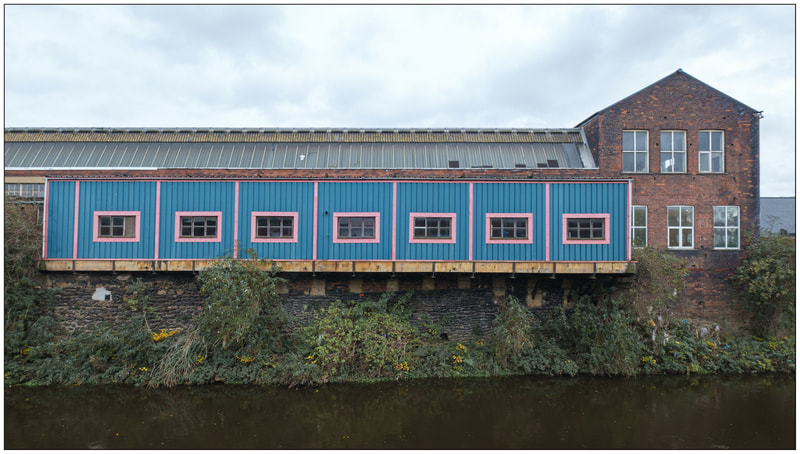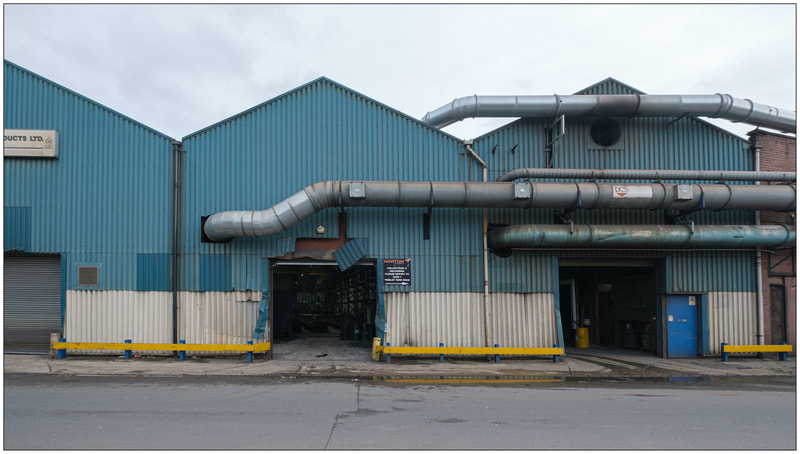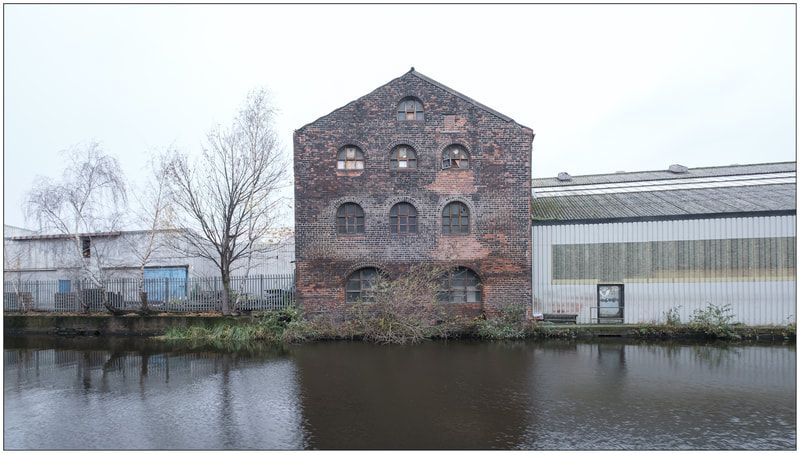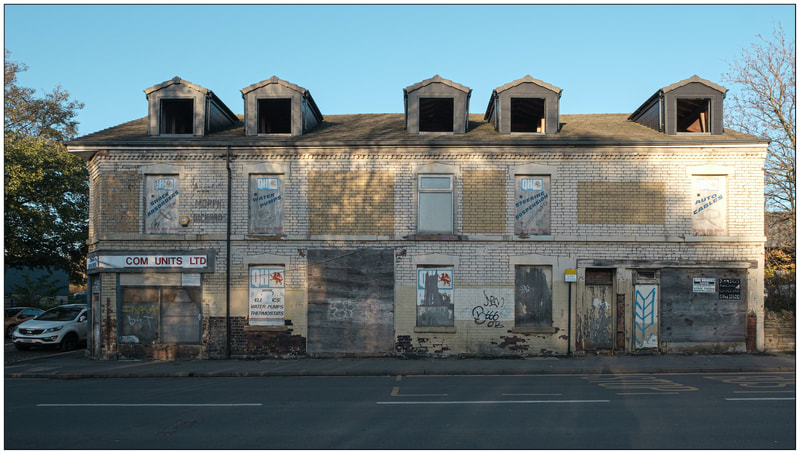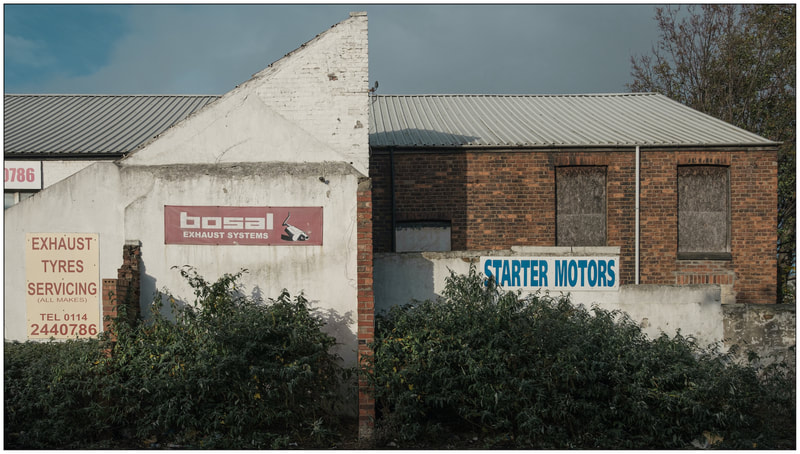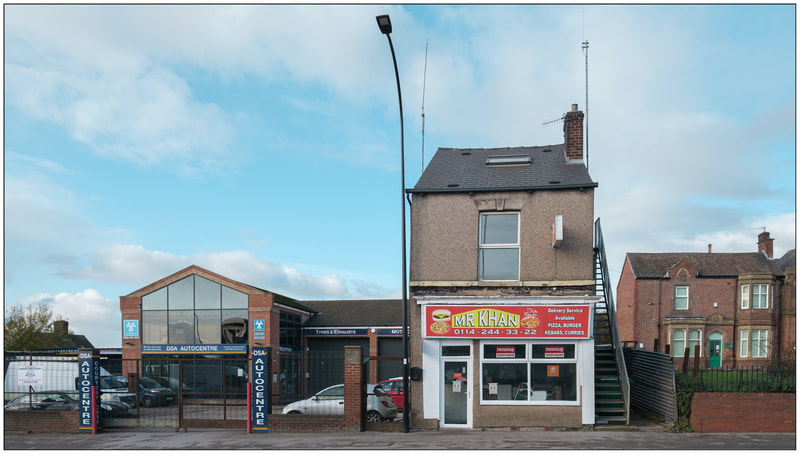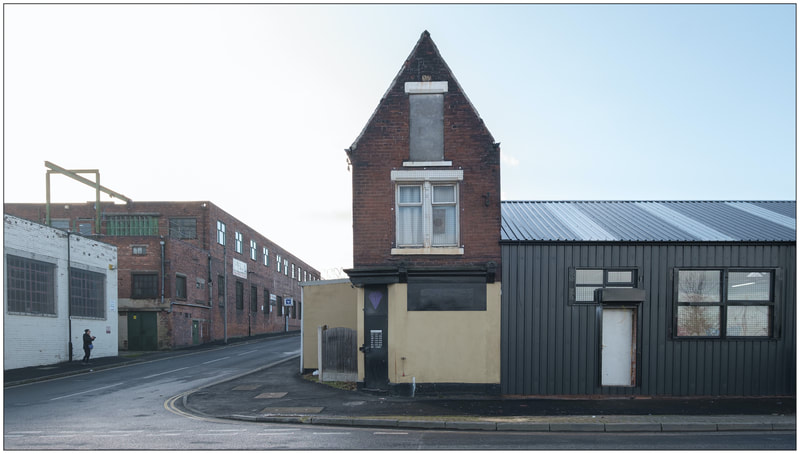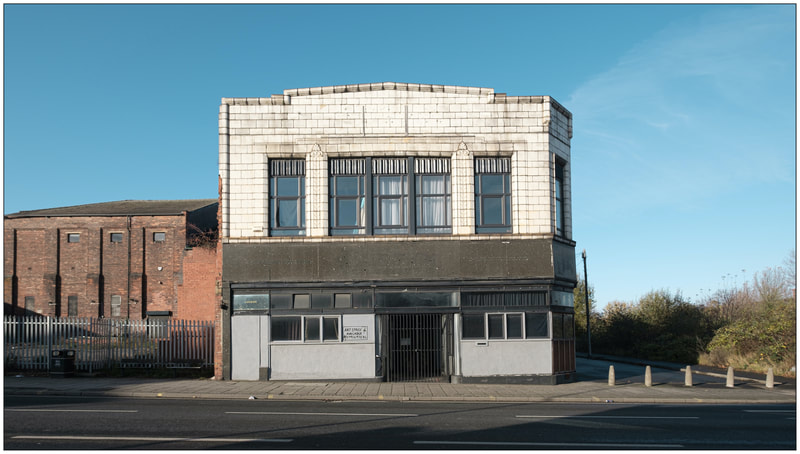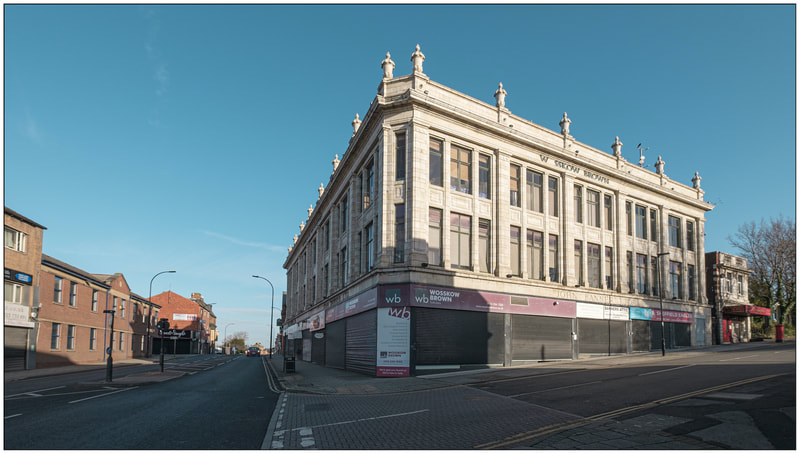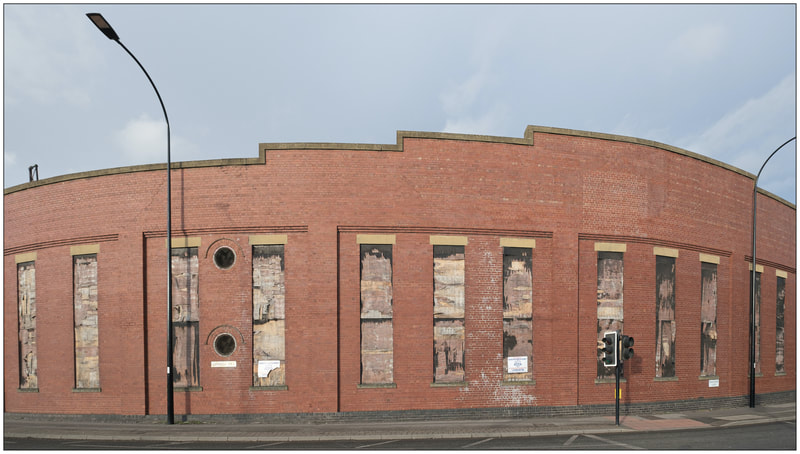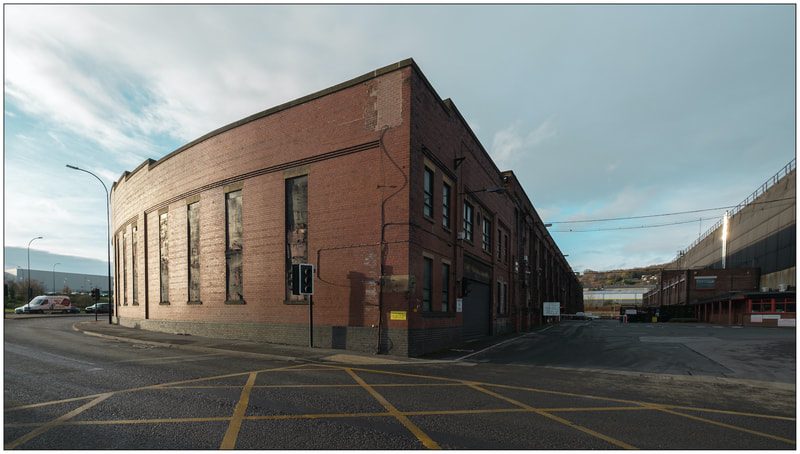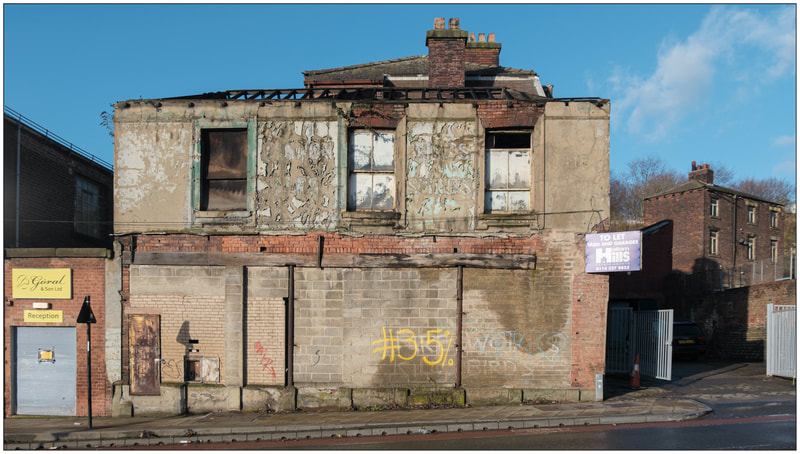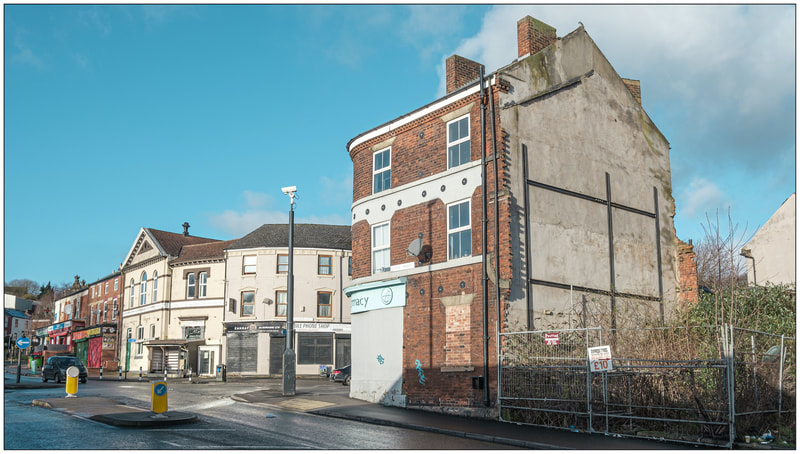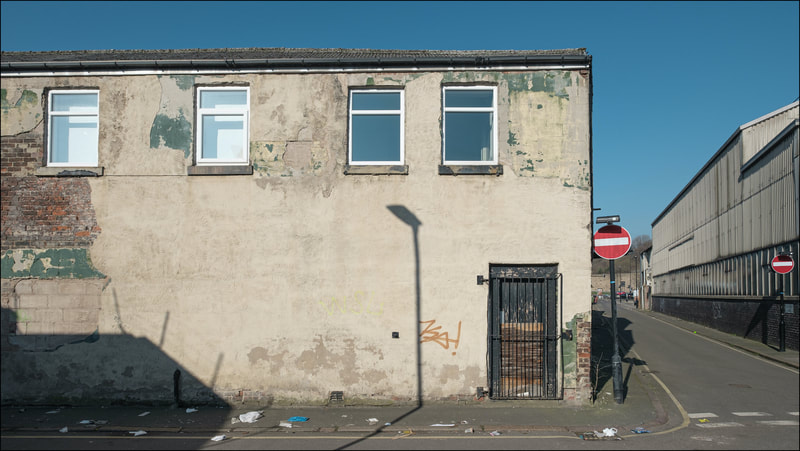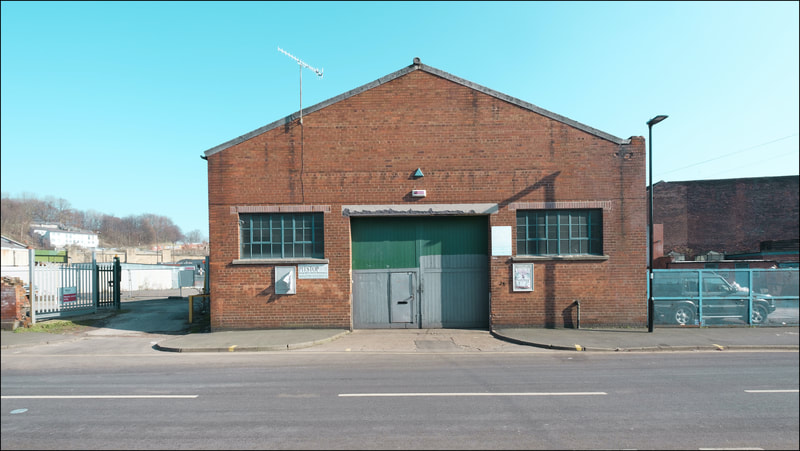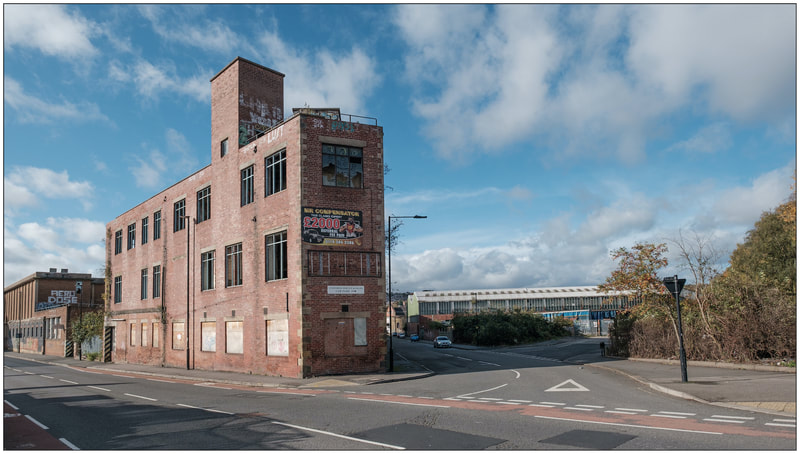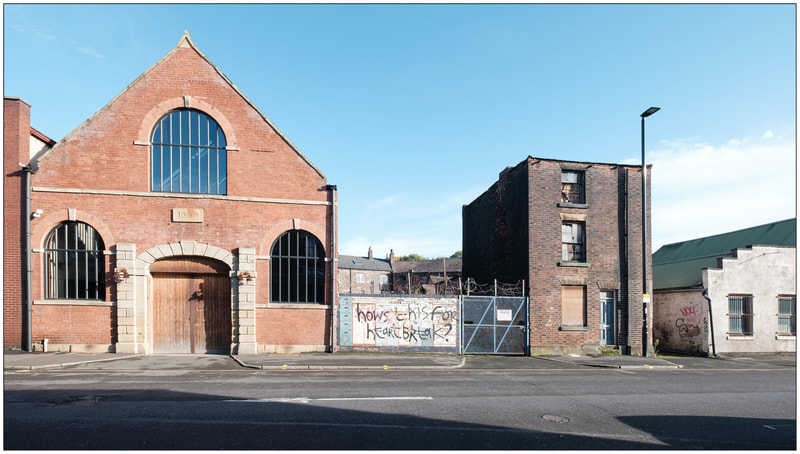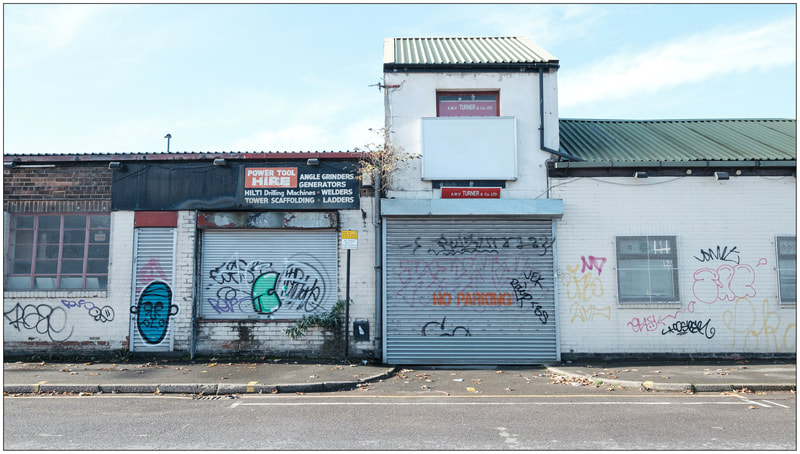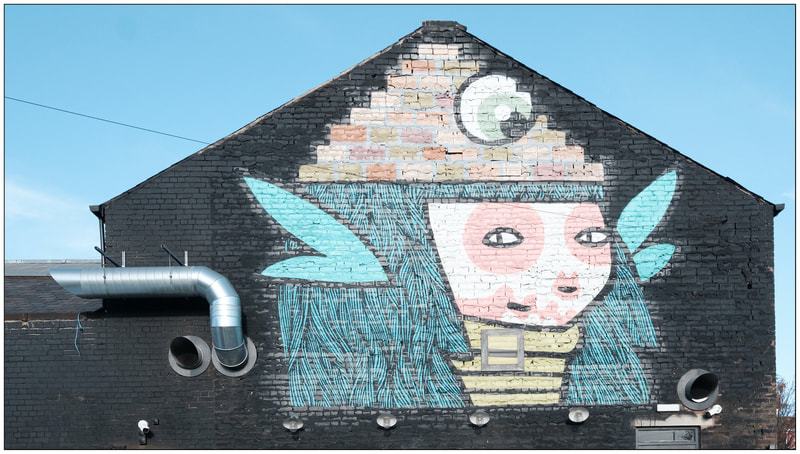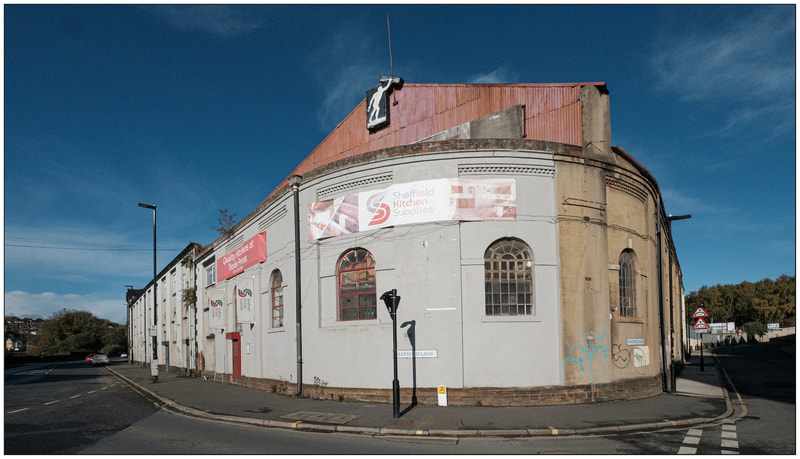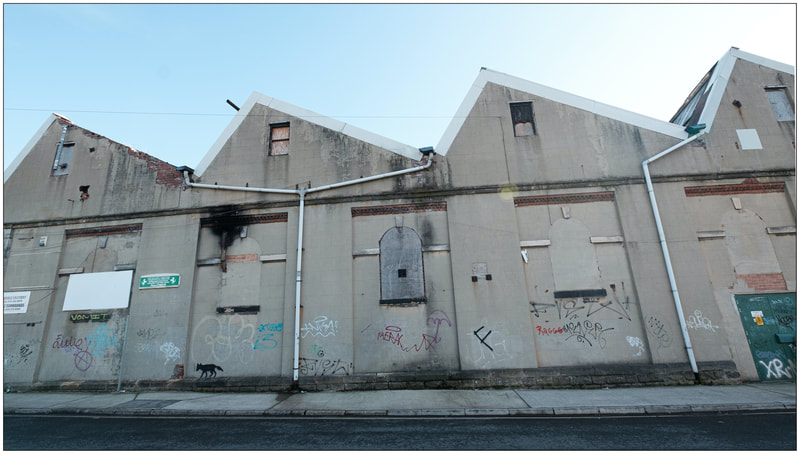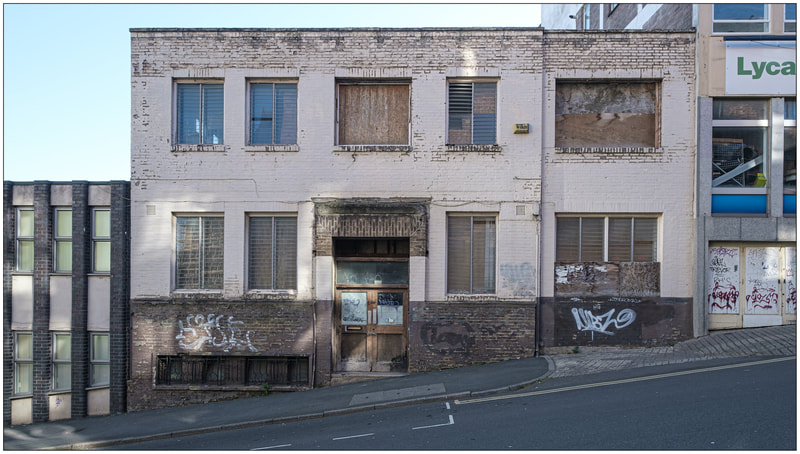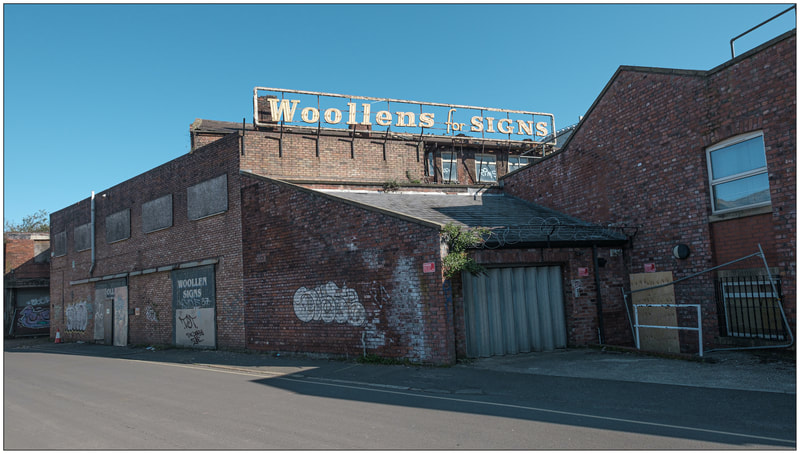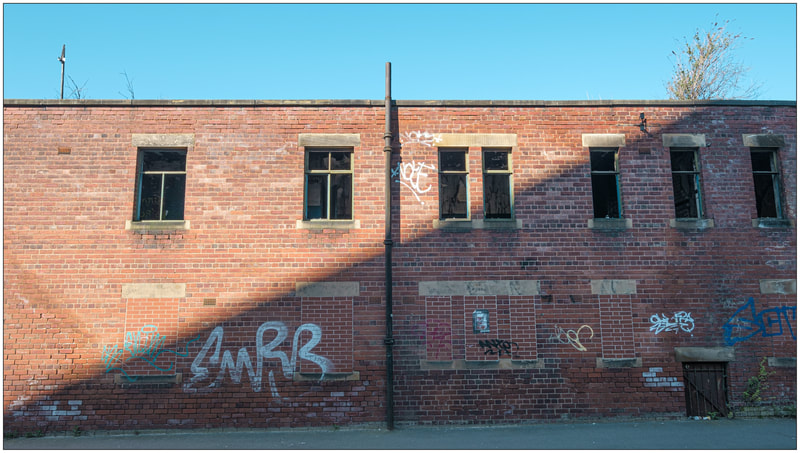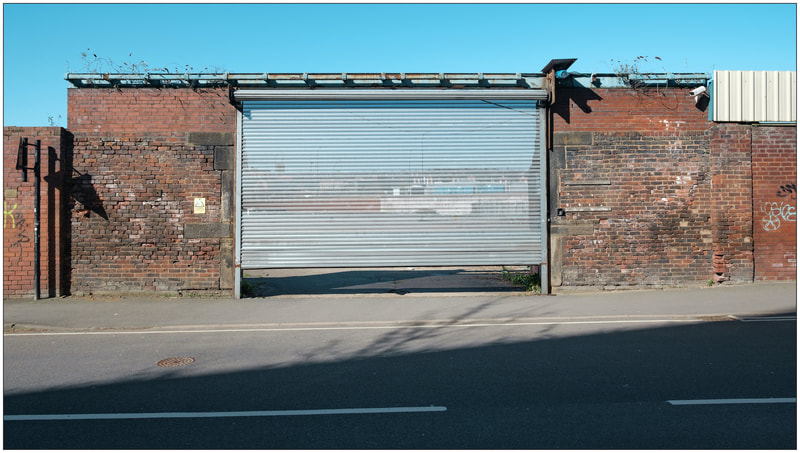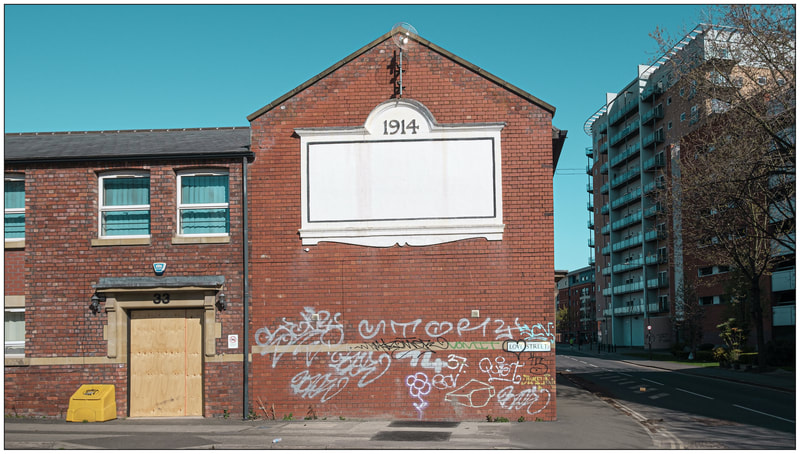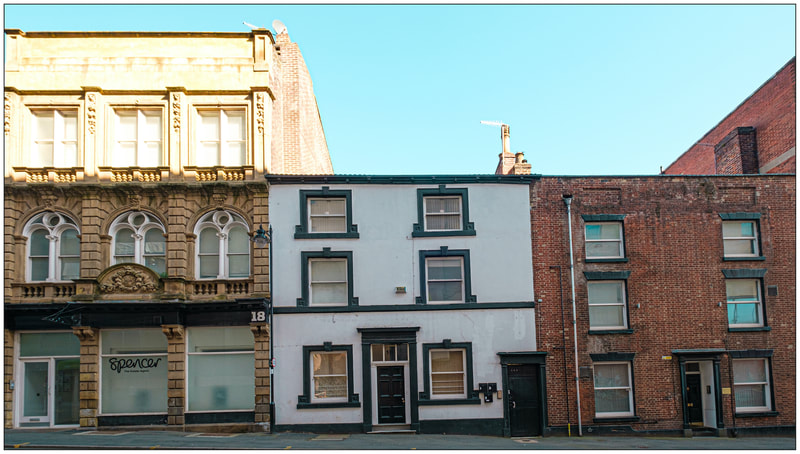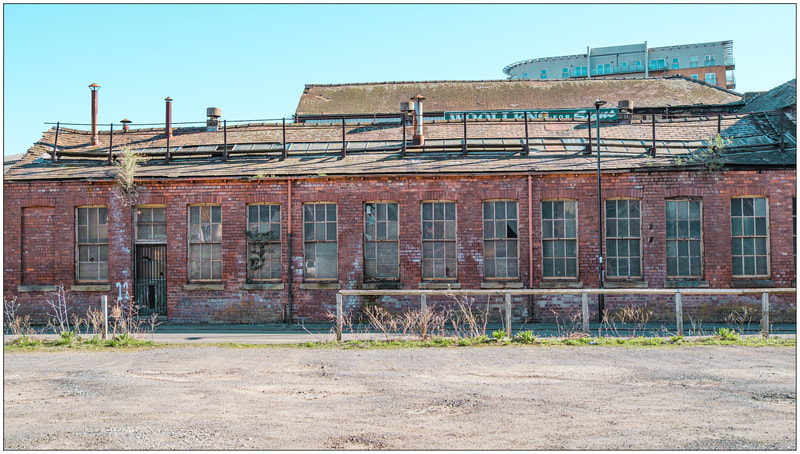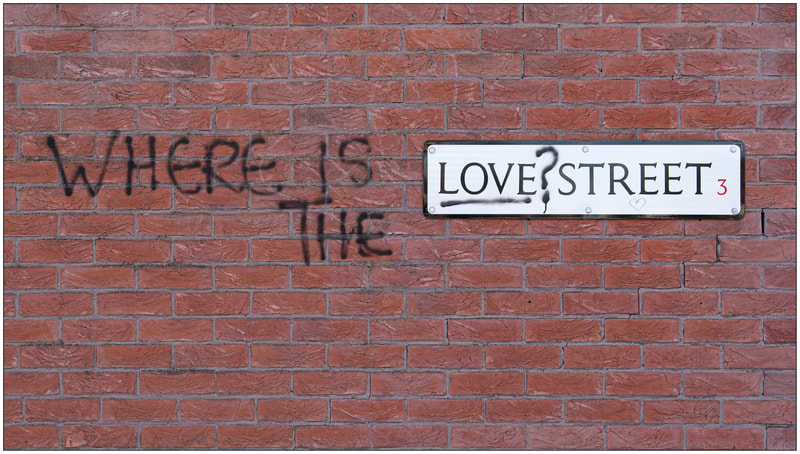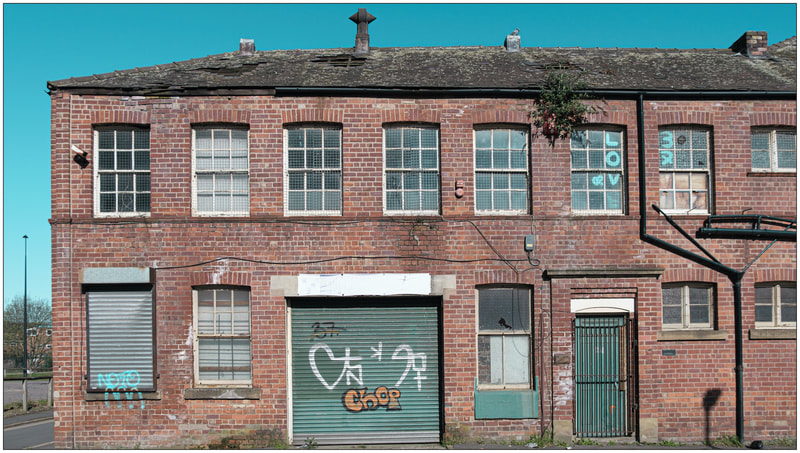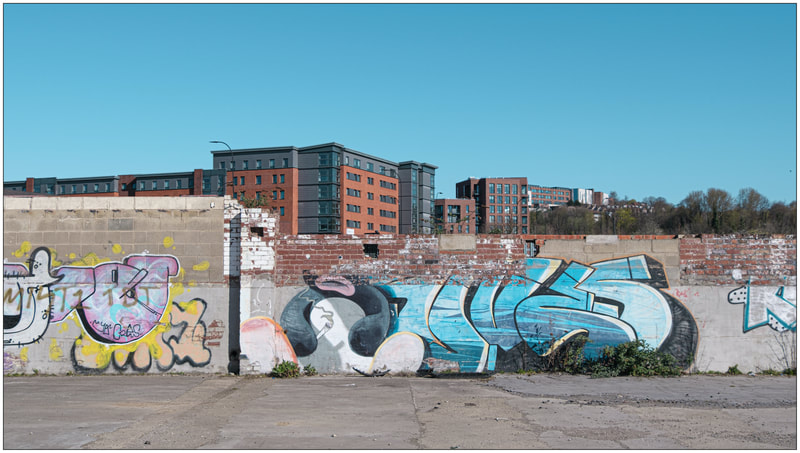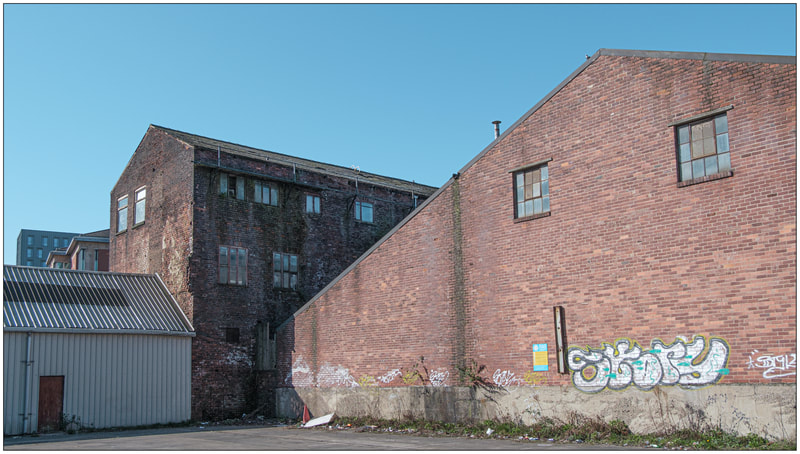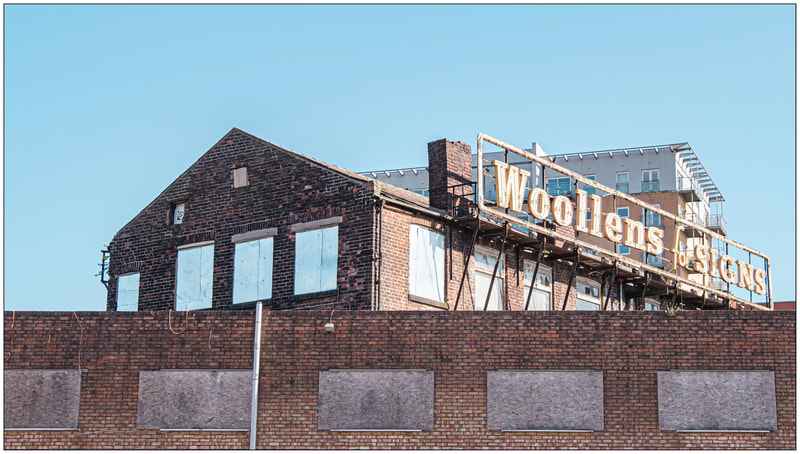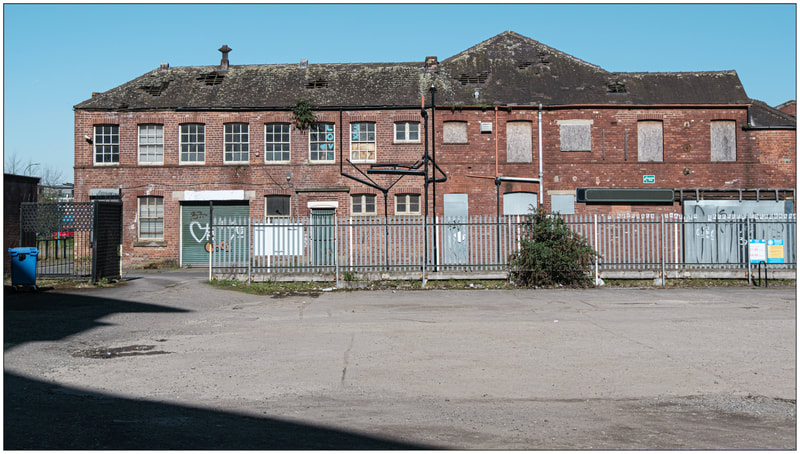EAST SIDE STORIES
This book of photographs began one day in 2020 when I took a walk down by the canal leading from Sheffield to Rotherham. I had my camera with me at the time and I took some images of the remnants of the old industrial buildings bordering the canal bank. These brick built buildings were either abandoned or re-purposed and hid a long lost and important history of industrial Sheffield. I decided to explore further and spent a number of sunny winter Sunday mornings exploring the streets on the east side of the city. It was quiet at this time with few people or cars and this was perfect as I wanted to mainly photograph the buildings that interested me without too much disturbance and wander around at will with my camera.
This is by no means a comprehensive survey and I haven't included any text to indicate the locations of the buildings I have photographed. Mainly because I didn't take notes and I would have to go exploring to find some of them again. if indeed they still exist. For example, the building with the 'Woollens for Signs' signage no longer exists as it was flattened shortly after I took the photograph to make space for new buildings currently under construction. I saw the actual signage in a work room at the Kelham Island Museum in Sheffield when I visited it last year and I imagine that it is now part of the industrial heritage archive of the city.
Every year, I visit Senegal where I have a small house in a village in the Casamance region. Every village has a very large and ancient Baobab tree growing in a prominent position. These trees are revered as sacred as they hold the spiritual history of the village and its people. The tree holds the history of the village going back many generations in its fabric. In much the same way, many of the buildings in these photographs hold the social and industrial history of Sheffield in their walls and the idea behind this series of images was to let these buildings speak for themselves without commentary. Sadly, in time, they will all be demolished and that spirit and feeling will be gone forever.
The latest version of the book can be viewed here on Blurb. This opens in a new window.
This is by no means a comprehensive survey and I haven't included any text to indicate the locations of the buildings I have photographed. Mainly because I didn't take notes and I would have to go exploring to find some of them again. if indeed they still exist. For example, the building with the 'Woollens for Signs' signage no longer exists as it was flattened shortly after I took the photograph to make space for new buildings currently under construction. I saw the actual signage in a work room at the Kelham Island Museum in Sheffield when I visited it last year and I imagine that it is now part of the industrial heritage archive of the city.
Every year, I visit Senegal where I have a small house in a village in the Casamance region. Every village has a very large and ancient Baobab tree growing in a prominent position. These trees are revered as sacred as they hold the spiritual history of the village and its people. The tree holds the history of the village going back many generations in its fabric. In much the same way, many of the buildings in these photographs hold the social and industrial history of Sheffield in their walls and the idea behind this series of images was to let these buildings speak for themselves without commentary. Sadly, in time, they will all be demolished and that spirit and feeling will be gone forever.
The latest version of the book can be viewed here on Blurb. This opens in a new window.
